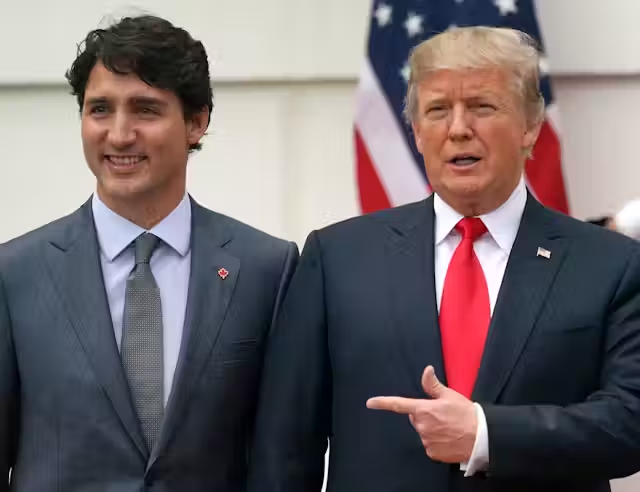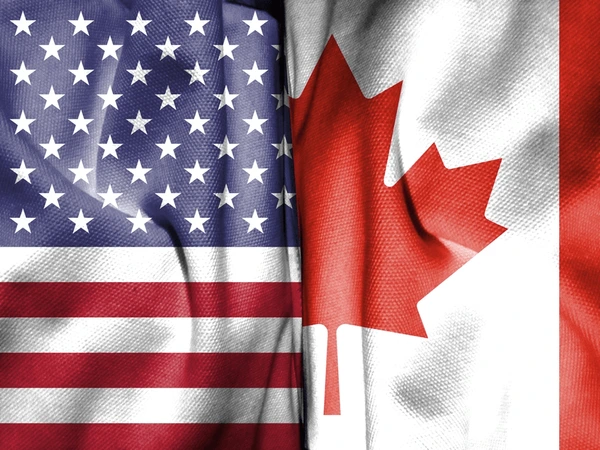Trade tensions have flared again. On August 1st, a significant trade shift took place as the United States, under the leadership of Donald Trump, implemented a 35% tariff on various Canadian imports. This move has sent ripples through international markets, raising questions about the future of Canada-US trade relations and the potential impact on businesses and consumers alike. This article will delve into the details of this new tariff, analyzing its implications and exploring the potential consequences for both countries.
What is the 35% Tariff on Canadian Imports?

The core of this new trade policy is a 35% tax on a range of Canadian goods entering the United States. This “import duty,” or tariff, is designed to make imported Canadian products more expensive for US buyers, theoretically encouraging them to purchase domestically produced goods instead. The specific products targeted by the tariff, and the industries that would be most immediately affected, have yet to be revealed. This action is a significant alteration to the existing free trade arrangements between the two nations.
Why Did Donald Trump Impose the Tariff?

While the exact reasons are still being clarified, it is widely speculated that this tariff is linked to ongoing trade disputes and the broader goals of the Trump administration’s “America First” trade policy. This approach often prioritizes protecting US industries, reducing the US trade deficit, and addressing what the administration perceives as unfair trade practices by other nations. This action may stem from a desire to rebalance the trade relationship or to create political leverage in ongoing trade negotiations, building on past trade disputes.
Potential Impacts of the 35% Tariff

The economic impacts of this new tariff are expected to be multifaceted. US businesses relying on Canadian imports may face higher costs, potentially leading to reduced profitability or price increases for consumers. Canadian businesses, in turn, are likely to see decreased export demand, potentially leading to job losses and reduced economic growth. The potential for retaliation by Canada further complicates the situation, with the risk of an escalating trade war that could harm both economies. Both sides of this trade decision will be felt by various sectors in both nations.
Reactions and Responses to the Tariff
![Chart showing potential price increases due to the tariff.]](https://theindianchronicles.com/wp-content/uploads/2025/07/image-118-768x1024.png)
The responses to the tariff have varied. The Canadian government is likely to issue statements and potentially retaliatory measures. Various business groups and industry associations will issue their own reactions and start lobbying efforts. The US government and business groups will have mixed reactions based on their position in this trade climate. Expect that all sides will be looking at how to mitigate the most damaging effects of the tariff.
What Does This Mean for the Future of Canada-US Trade?

The short-term and long-term impacts of the tariff remain uncertain. It could resolve through negotiation, but also might exacerbate existing trade tensions. This event could potentially lead to a renegotiation of trade agreements or fundamental shifts in trade patterns between the two countries. The ultimate outcome will depend on various factors, including the scope of the tariff, reactions from both countries, and any future diplomatic efforts. The future of NAFTA is uncertain.
Conclusion
The implementation of a 35% tariff on Canadian imports by the US on August 1st marks a pivotal moment in the ongoing saga of trade between the two North American neighbors. The consequences of this decision are far-reaching, potentially affecting businesses, consumers, and the economies of both countries. Further details on the targeted goods, industry reactions, and political implications will continue to evolve. What are your thoughts on this tariff? Share your thoughts below!









